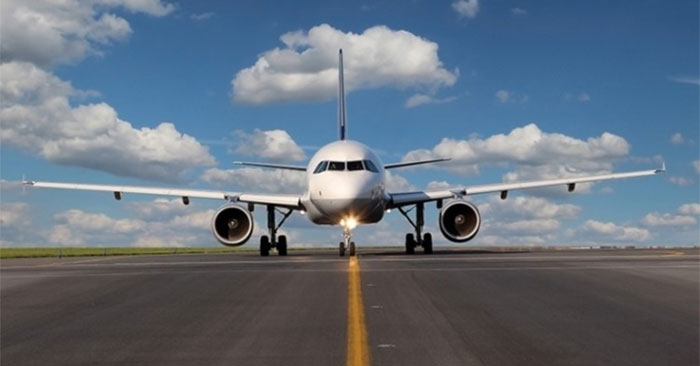What is the speed of the plane on the runway?
But usually, airlines only allow pilots to fly planes on straight runways without other aircraft at the fastest speed of 55.5 km/h. At this speed, the pilot can decelerate relatively quickly when braking suddenly.

In addition, the airline's Flight Operations Quality Assurance (FOQA) Program monitors the aircraft's runway speed. If a pilot is detected exceeding the airline's limit for more than a few seconds for any reason, the Program will notify the safety department. Therefore, the pilot can fly the plane on the runway a little longer than the maximum allowable speed.
Another reason pilots keep their aircraft's runway speed below 55.5 km/h is to maintain cool brake temperatures. In the summer, this is especially important for planes after landing. Brakes absorb extra momentum on landing and convert it into heat. Brakes will get hotter if used a lot. Brakes need to cool down to a minimum level for takeoff. If the plane needs to turn quickly and the outdoor temperature is high this can delay the departure time of the next flight.
On a clear day with good visibility, 55.5 km/h is the usual maximum speed for running on a runway. In bad weather, the speed on the runway will decrease. For example, in snow and ice conditions, the speed is limited to 18.5 km/h or less to prevent the aircraft from skidding.
In addition to lower speeds, in wet or snowy conditions, pilots are also required to run the plane on the runway with two engines to help control the plane better.
Additionally, due to rough pavement, construction on adjacent runways, tight curves or other operational issues, some airports may impose speed restrictions on the runway.
You should read it
- The largest aircraft in the world looks like a 'butt' taking off for the first time
- Surprising facts about aircraft tires not everyone knows
- Special cable, only a few countries in the world can produce it
- Looking back at 27 years of development of the Boeing 777 - the best aircraft in the world
- Why are there so many planes in the sky at the same time but they never collide with each other?
- Why does lightning do not affect aircraft while flying?
 There are two ages where people age the fastest
There are two ages where people age the fastest 2 ways to create USB boot Windows 11 with Mac
2 ways to create USB boot Windows 11 with Mac Detecting a new ransomware strain that specializes in stealing login information from the Chrome browser
Detecting a new ransomware strain that specializes in stealing login information from the Chrome browser Why does the USB-A connector only work in one direction?
Why does the USB-A connector only work in one direction? The best platforms to find quality free games
The best platforms to find quality free games How to stop videos from autoplaying on YouTube
How to stop videos from autoplaying on YouTube